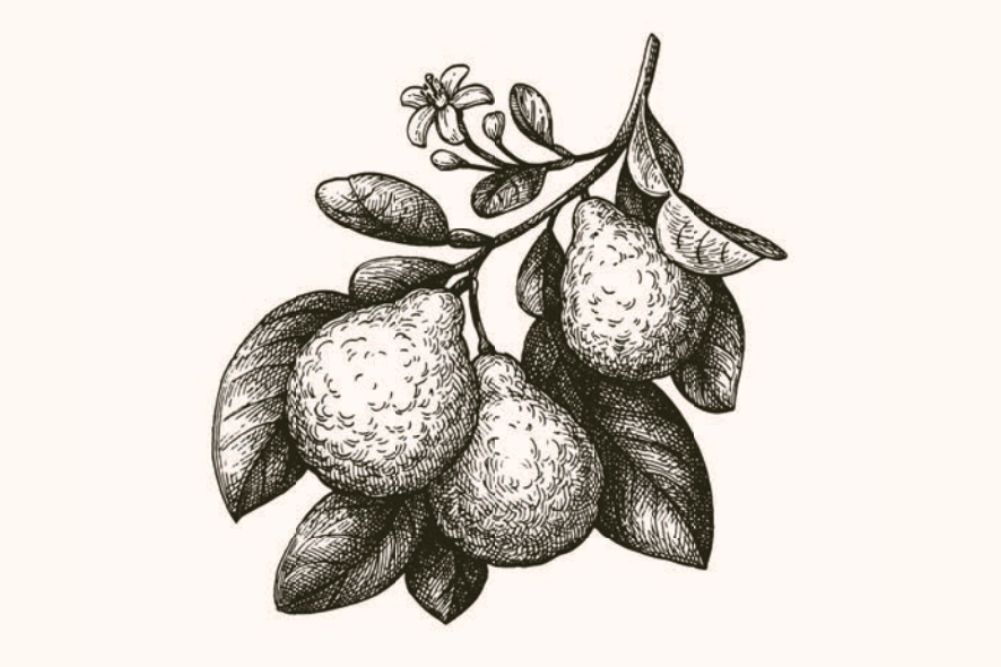How to align your diet with the seasons
Shun (pronounced “shoon”) is an untranslatable Japanese word that means food at its very peak of the season. Shun is the period of time when food is at its very best — harvested and eaten when it’s fresh, fragrant and flavoursome.
Seasonal fruits, vegetables and seafood are often linked with celebrations and memories, like a warm and hearty pumpkin soup in winter, sweet summer watermelon that drips down your chin as you bite in, or peeling plump prawns at a Christmas lunch. These treats are so evocative they have us eagerly anticipating a new season.
There are many benefits to aligning your diet with the seasons. Buying seasonal produce means supporting your local farmers and reducing the environmental costs of transporting food, plus seasonal produce is often cheaper and tastes better. As for nutritional value, eating seasonal is ideal, but not essential.
Maximum nutrients
Eating produce as close as possible to when it has been harvested helps retain the most nutrients. “As soon as a fruit or vegetable is picked, it undergoes respiration more quickly. There are particular vitamins, especially water-soluble ones like vitamin C, that deteriorate fairly quickly,” says Simone Gibson, senior lecturer at the Department of Nutrition, Dietetics and Food at Monash University, Victoria.
Unless you have a vegie garden or some generous neighbours with one, seasonal food isn’t always consumed straight after harvesting. More often than not, the produce travels from the orchard/farm to the supermarket, sitting sometime in the supermarket before being purchased and then stored in the kitchen. The temperature the produce is stored at also affects the nutritional content. “It’s just a matter of minimising the processing and the time in between the picking and the eating that will mean you retain the most nutrients,” says Gibson.
However, freezing or refrigerating slows down the respiration rate (and nutrient loss) of the fruit or vegetable once it has been picked. “Something out of season that has been snap-frozen fairly soon after it was picked might have more nutrients than something that’s in season that you brought home and had sitting on the bench for a week. The same thing happens with tinned food, like tinned tomatoes; if they’re canned as close as possible to picking, there are more nutrients retained.”
“It’s just a matter of minimising the processing and the time in between the picking and the eating that will mean you retain the most nutrients.”
Gibson says only one in five Australians are eating enough fruit and vegetables (five serves of vegetables and two serves of fruit every day). She recommends basing a diet on what’s locally in season, but eating out-of-season canned or frozen fruits and vegetables as well to add variety to dishes and make them tastier. Eating enough fresh produce that’s in season can be challenging, even for her.
“In winter the variety of seasonal fruits and vegetables is quite limited. If somebody already isn’t eating enough fruits and vegetables and then they’re told to only eat seasonal ones, they might end up eating even less than they were before.”
In some parts of Australia, eating local, seasonal foods can be especially difficult. “In outback NSW, Queensland and the Northern Territory, people have to rely on nearly all of their food being imported from where there is better-quality agriculture,” she says.
The beauty of modern life is that there’s refrigeration. We can store produce for long periods of time and enjoy fresh foods that come from across Australia and the world. Refrigerating and freezing seasonal foods is an economical way of eating. Make your seasonal bounty last by preparing vegetable soups, pasta sauces and casseroles and then storing them in the freezer.
Before refrigerators, people had to make the most of the local produce and nutrients available to them and create dishes that were as tasty and nutrient-rich as possible. They temporarily kept foods cold using natural resources (such as covering in snow) or keeping them in cool cellars. Preserving perishable foods using techniques such as pickling and salting was important for surviving times of the year when seasonal foods were insufficient.
Creatively using limited ingredients has led to much-loved traditional dishes around the world. These dishes are derived from people making the most of the seasonal produce available to them, either by eating fresh or preserving. Preserving allows you to enjoy surplus seasonal foods throughout the year. With extra tomatoes, for example, Italians make passata and sun-dried tomatoes. Germans make sauerkraut out of cabbage and many European countries enjoy pickled herring. An abundance of fruits can be used for jams, compotes and canning.
Sushi came about as a way to preserve fish by fermentation. Fish was placed in rice, then salted and pickled and left to ferment for up to a year. Later, vinegar was added to aid the fermentation process and flavour the rice. People took a liking to vinegar-seasoned rice and began eating it with raw or cooked seafood and vegetables. The rolled design and subtle flavours of the rice make sushi ideal for filling with a wide variety of different seasonal ingredients, which add texture, flavour, colour and nutrients. The dish is a celebration of seasonality and nationality.
Japanese masters have the answers
There’s a strong emphasis on seasonality in Japanese culture and it’s highlighted in the country’s dishes, through produce, plating and presentation.
Japanese chef Tetsuya Wakuda puts the “season on the plate” for his diners at his eponymous restaurant in Sydney. He says every season is interesting and exciting and each is connected with memories and traditions, such as osechi boxes used for New Year celebrations. These stacked boxes are filled with servings of traditional dishes, such as fish cakes, black soybeans and a sweet-potato and chestnut dish. When Wakuda visits Japan, he especially looks forward to ayu (sweetfish) in summer.
Every season is interesting and exciting and each is connected with memories.
“We recognise the season by the food. That’s what I grew up with,” he says. “When you see a bamboo shoot, that means spring. When you see the watermelon coming in, that means summer. White peaches, that’s the middle of summer. Chestnuts mean autumn.”
Wakuda was brought up in the Japanese town of Hamamatsu, in the Shizuoka Prefecture. He moved to Sydney in his early twenties, working at various restaurants and then opening his own, Tetsuya’s, now located in the Sydney CBD. In 2010, he opened a second restaurant, Waku Ghin, in the Marina Bay Sands complex, Singapore. His degustation dishes honour the cuisine of Japan while incorporating French cooking techniques.
Kimiko Barber writes in her book, Cook Japanese at Home (Kyle Books), that Japanese cooks are admired for their seasonally inspired dishes; for how they enhance natural flavours and plate food in ways that reflect nature.
“The emphasis on seasonality is not limited to selecting and cooking fresh seasonal ingredients, but also extends to the presentation, with food served in appropriate tableware — pale pastel-coloured dishes in spring, cool glass bowls in summer, rustic bamboo baskets in autumn and earthy pottery in winter. There is a Japanese phrase, me de taberu, literally “eat with your eyes”,” she writes.
This sensory eating experience is embraced by chefs who express their relationship with the seasons in the dishes they make. Wakuda says that when the dish is placed in front of you, first you should see the season and then have your feelings confirmed once you take a bite.








